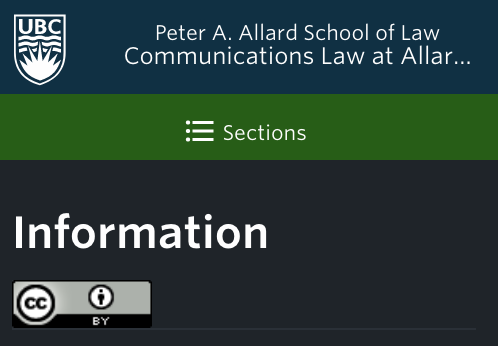Earlier this month, Elon Musk implemented a blue paid subscription service on Twitter called Twitter Blue. This service allows for anyone to get the blue-tick verification on their account, simply by paying a small fee of $8 a month. Many people were interested in this service, but as you can imagine, some issues quickly arose.
A wave of imposter accounts began impersonating high-profile accounts and brands and posting misleading tweets. An account using the name and logo of one of the world’s largest pharmaceutical manufacturers, Eli Lilly and Co., posted a tweet: “We are excited to announce insulin is free now.”
Yup, this tweet was fake. Eli Lilly and Co.’s stock plummeted soon after this tweet was published. According to one article, Google analytics shows that “after that initial tweet and subsequent copycat accounts, the pharma company’s stock sank from $368 a share to $346 a share”. The next morning, the company stopped all Twitter ad campaigns. Amy O’Connor, a former senior communications official at Eli Lilly, said “what’s the benefit to a company … of staying on Twitter?” This new service threatens the reputation of companies. It also poses a threat to the health and wellbeing of consumers because companies like Eli Lilly often tweet about things such as side effects and long-term care. Other major advertisers, such as Omnicom Media Group (which represents companies like Apple), have recommended clients pause all Twitter activity.
Unsurprisingly, Twitter has now removed the paid checkmarks and reinstated the ‘official’ badges on some Twitter accounts. Elon’s strategy in creating this service was likely to boost profits, given the loss in advertising revenue that his company has been facing. But it seems like things aren’t going his way – more brands have been pulling back from the platform since the the paid blue-check service was implemented. For only $8, the company is potentially losing out on millions in ad revenue.
Elon announced that the verification service will be returning on November 29th, once the service is “rock solid”. I am curious to see what sorts of updates he will be making to help make a distinction between fake and real accounts. Where does he draw the line between ensuring the site is safe for advertisers and public figures, and monetizing the blue checkmark? Elon has tweeted that Twitter plans to add a ‘parody’ tag to fake blue-check accounts. I guess we will see what happens in the next few weeks.
Sources:
https://www.fiercepharma.com/marketing/eli-lilly-pulls-twitter-ads-after-blue-check-fallout-report
https://gizmodo.com/twitter-eli-lilly-elon-musk-insulin-1849779323
https://gizmodo.com/twitter-elon-musk-verified-impersonators-checkmark-1849768462
https://www.washingtonpost.com/technology/2022/11/14/twitter-fake-eli-lilly/
 Communications Law
Communications Law
What a mess – I think this is just another example of the wild things Elon is willing to do to somehow raise revenues for a company on the decline. It doesn’t help that he’s on record claiming that Twitter is full of bots and is a flawed company in itself, plus many car companies have an interest in seeing Twitter fail since so much of his money is tied up in it that it would negatively impact Tesla as well.
Essentially, I think he’s already in a pretty desperate situation and he’ll be willing to cross as many lines as necessary to make money, which is a dangerous premise for the so-called “town-square” of the digital world